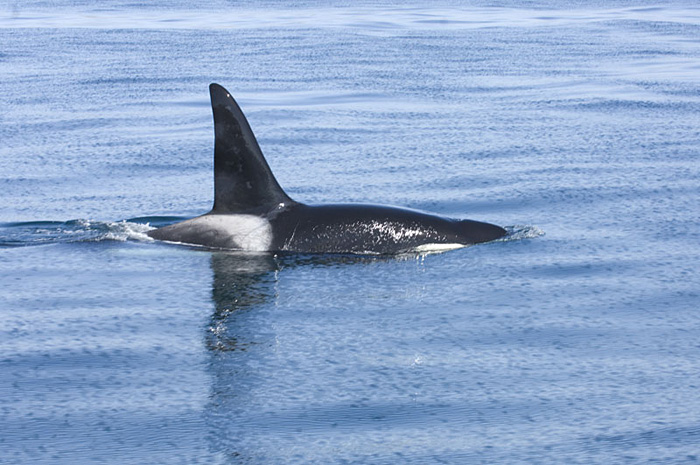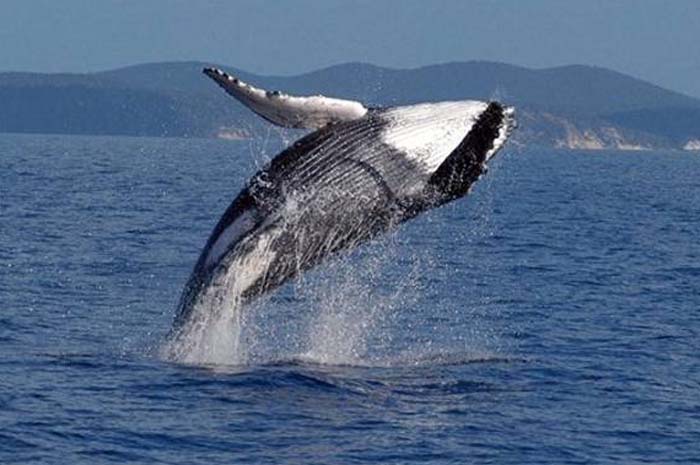Elephant Seals
Sea Elephants
Elephant seals (sea elephants) are large, oceangoing seals in the genus Mirounga. There are two species: the northern elephant seal(M. angustirostris) and the southern elephant seal (M. leonina). Both were hunted to the brink of extinction by the end of the 19th century, but numbers have since recovered. The northern elephant seal which is found in the Channel Islands, is somewhat smaller than its southern relative, ranges over the Pacific coast of the U.S., Canada and Mexico. The most northerly breeding location on the Pacific Coast is at Race Rocks, at the southern tip of Vancouver Island in the Strait of Juan de Fuca.
Elephant seals take their name from the large proboscis of the adult males which resembles an elephant's trunk. The bull's proboscis is used in producing extraordinarily loud roaring noises. The nose acts as a sort of rebreather, filled with cavities designed to reabsorb moisture from the animals' exhalations. This is important during the mating season when the seals do not leave the beach to feed and therefore must conserve body moisture as they have no incoming source of water. Southern elephant seal bulls reach a length of 16 feet and a weight of 6,600 pounds, and are much larger than the cows. Northern elephant seal bulls reach a length of 14 to 16 feet and the heaviest weigh approximately 5400 lbs.
Elephant seals spend upwards of 80% of their lives in the ocean. They can hold their breath for more than 100 minutes longer than any other non-cetaceanmammal. Elephant seals dive to 1550 m beneath the ocean's surface (the deepest recorded dive of an elephant seal is 2,388 metres (7,835ft) by a southern elephant seal). The average depth of their dives is about 300 to 600 metres (2,000ft), typically for around 20 minutes for females and 60 minutes for males, as they search for their favorite foods, which are skates, rays, squid, octopuses, eels, small sharks, and large fish. Their stomachs also often contain gastroliths. While excellent swimmers, they are also capable of rapid movement on land.
Type of Wildlife in the Channel Island Region
There are several different species of whales you are likely to encounter on one of our trips. California Gray Whales, Humpback Whales, Blue Whales, Finback Whales and Orca Whales (Killer Whales) are common sightings in the waters surrounding the Channel Islands. Additional wildlife includes seals, sea lions, dolphins and a rich variety of bird life; some of which are endangered and protected.
December 26 – April 30
Departure Time:
Weekdays: 9 :00 AM
Weekends: 9:00 AM and 1:00 PM
Type of Wildlife in the Channel Islands Region
There are several different species of whales that could be encountered on one of your trips. California Gray Whales, Humpback Whales, Blue Whales, Finback Whales and Orca Whales (Killer Whales) are common sightings in the waters surrounding the Channel Islands. Additional wildlife includes seals, sea lions, dolphins and a rich variety of bird life; some of which are endangered and protected.










